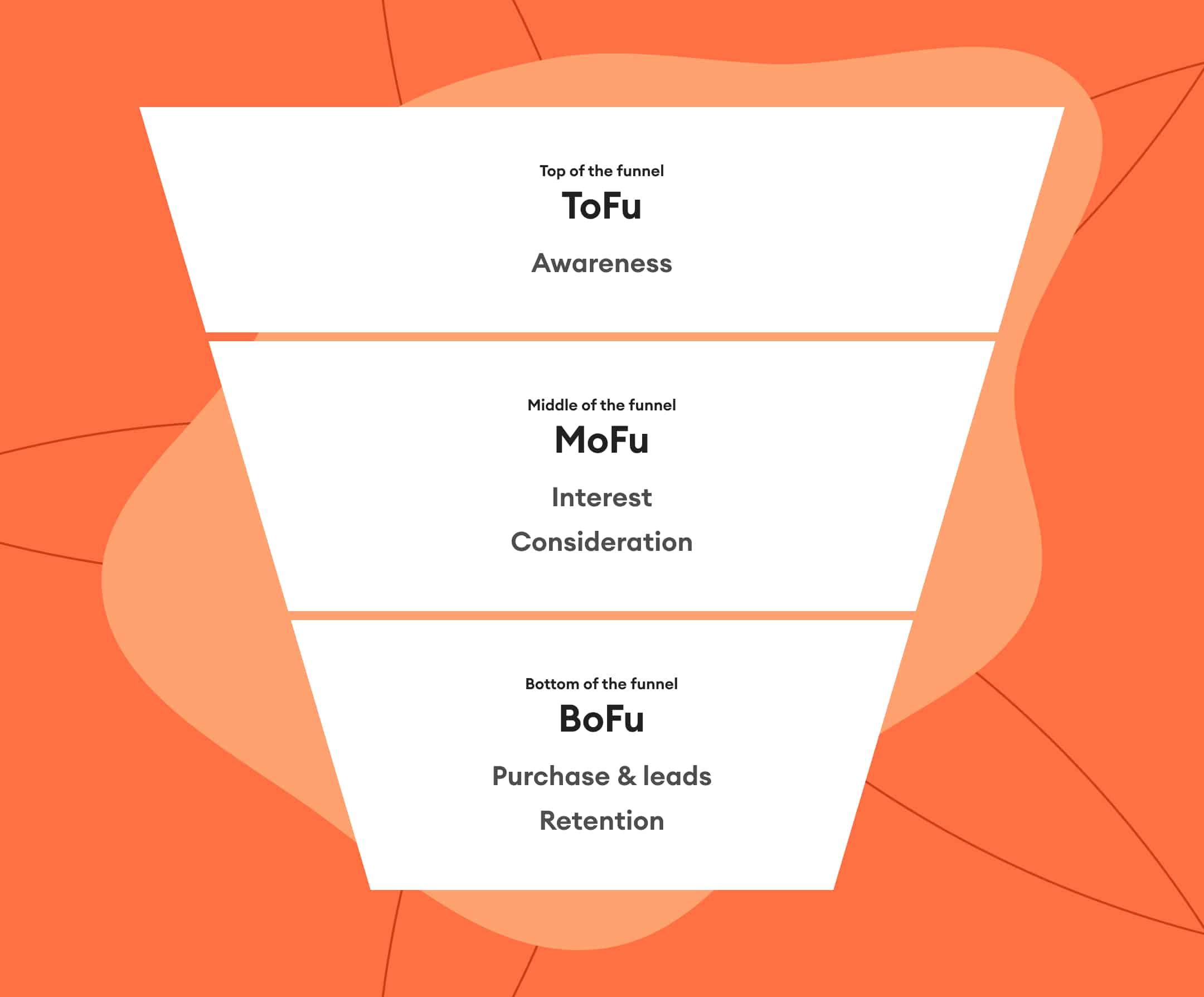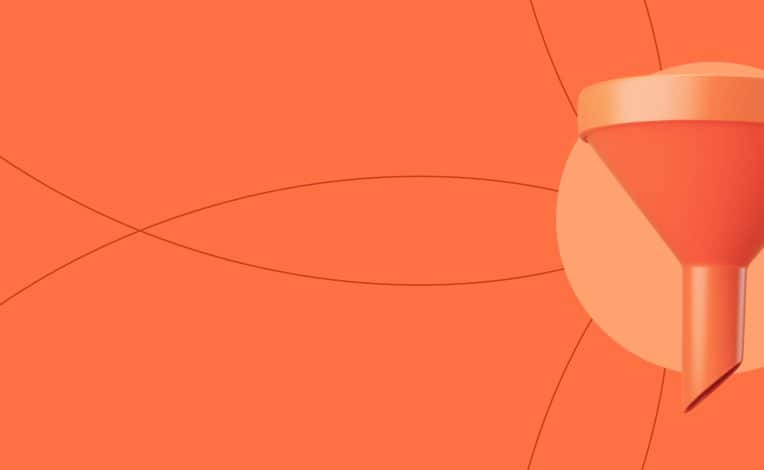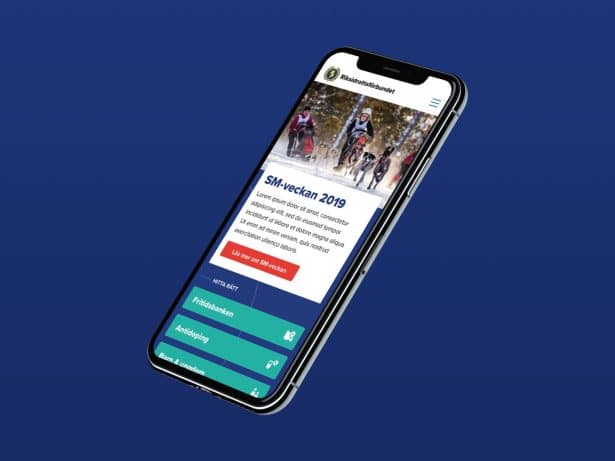Every marketer should understand what a marketing funnel is and how it can help you generate more customers for your business. In this article, we delve deeper into the different stages of a marketing funnel. You'll also gain valuable strategies and insights to make the customer journey more successful for your prospects.
What is a marketing funnel?
A marketing funnel is a visualization of the customer journey, designed to map out how potential customers are converted into leads and customers through the different stages of the buying process. Customer journeys can be varied and complex, and a marketing funnel is a simplified model to base your marketing strategy on.
Why is it important to keep track of?
Using a marketing funnel can help you create more effective marketing strategies and understand where your leads are in the buying process. This way, you can deliver the right message at the right time and figure out where leads typically drop off.
Identify where your leads are falling off in the funnel or why they choose to become customers. Then use that data to adjust your marketing strategy to better meet your prospects' needs. By understanding your customer’s buying journey, you also have the opportunity to produce specific content for each part of the process. A potential customer early in their buying journey usually needs a completely different type of information compared to a customer who has already been researching for a longer period.
The different steps in a marketing funnel
A marketing funnel can have several different versions depending on the company's needs and strategies. We describe the most basic marketing funnel in three stages: Top of the Funnel (ToFu), Middle of the Funnel (MoFu), and Bottom of the Funnel (BoFu).

Top of the Funnel (ToFu)
Purpose and goals
Purpose: Create awareness of your brand and attract new customers who were previously unaware of your company.
Goal: Generate interest among people with needs that your product or service can fulfill and increase awareness of your brand.
Features and content
Characteristics : New leads who are in the early stages of buying and exploring general information. Engagement occurs by learning about different options.
Content : Publish blog posts, articles and infographics that address relevant issues or interests. Use SEO and paid advertising to reach new leads, and offer free resources like e-books or guides to capture interest.
Tools and examples
Tools : Content marketing to create relevant content, social media to reach a wide audience and lead magnets to collect leads.
Example : Blog posts on industry trends and sponsored ads on social media to increase awareness of your product.
Middle of the Funnel (MoFu)
Purpose and goals
Purpose : Deepen the relationship with potential customers and show that your brand is a serious solution to their problems.
Objective : Guide leads from awareness to seeing your solution as the best by offering detailed and valuable information.
Features and content
Characteristics : Potential leads who have shown interest but are not yet ready to buy. They may have signed up for newsletters, downloaded guides or shown engagement on social media. Engagement happens by exploring your offers and being in the consideration phase.
Content : Offer in-depth articles, case studies, white papers and product demonstrations that address specific needs. Use email campaigns to provide tailored offers and organize webinars or events for direct interaction with leads.
Tools and examples
Tools : Lead nurturing tools and automation to keep leads engaged. Implement marketing automation to follow up based on interactions and analyze feedback to adjust strategy.
Example : Offer a case study to a lead who downloaded an e-book, or a personal product demonstration to someone who showed interest in the product.
"A well-structured marketing funnel is the key to maximizing conversions and building strong customer relationships. By optimizing each step of the funnel, companies can effectively lead potential customers from awareness to purchase and long-term loyalty. "
Bottom of the Funnel (BoFu)
Purpose and goals
Purpose : Convert qualified leads into paying customers by convincing them to make the final decision to purchase your product or service.
Objective : Help leads complete the purchase and ensure they are satisfied with their decision.
Features and content
Characteristics : Qualified leads who are close to making a purchase decision and need convincing to complete it.
Content : Offer time-limited discounts and special offers to encourage purchases. Share positive customer reviews and success stories to build trust. Provide personal consultations and product demonstrations to address specific questions.Tools and examples
Tools and Examples
Tools : Use the sales team for personal support and CRM systems to follow up and manage leads. Send follow-up emails and reminders to close the deal.
Example : Offer a free trial to let leads test the product before buying, or send a discount code as an incentive to close the deal.
Curious to learn more about marketing funnels?
If you would like an overview of how we work with marketing funnels, do not hesitate to contact us.


